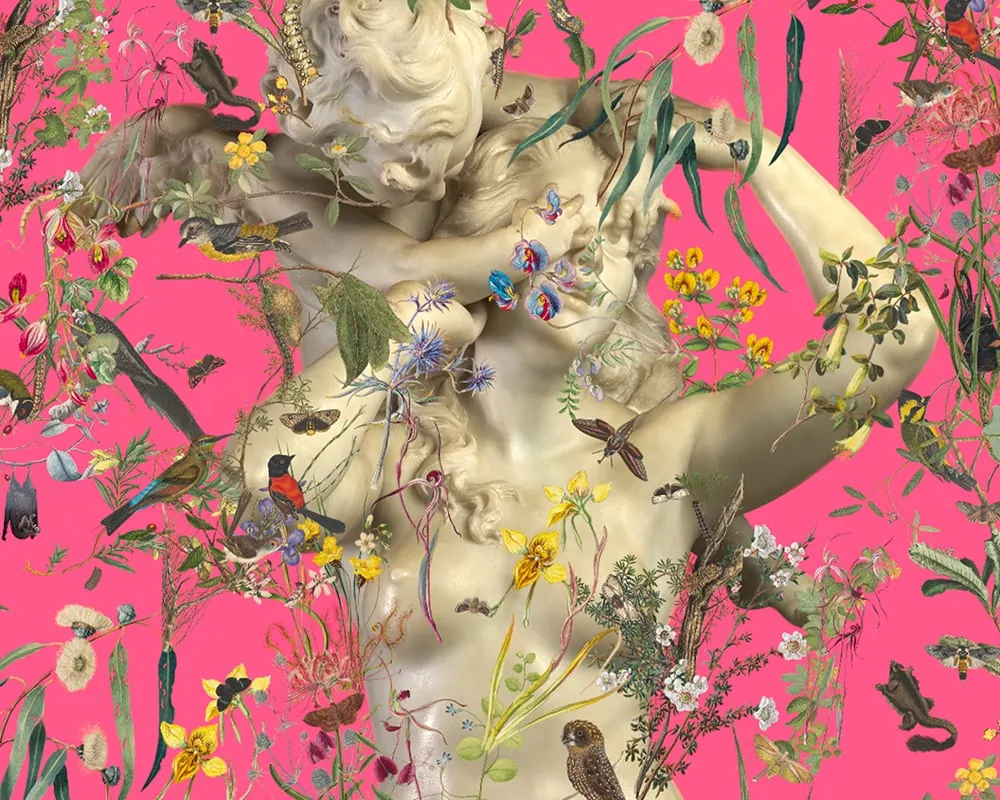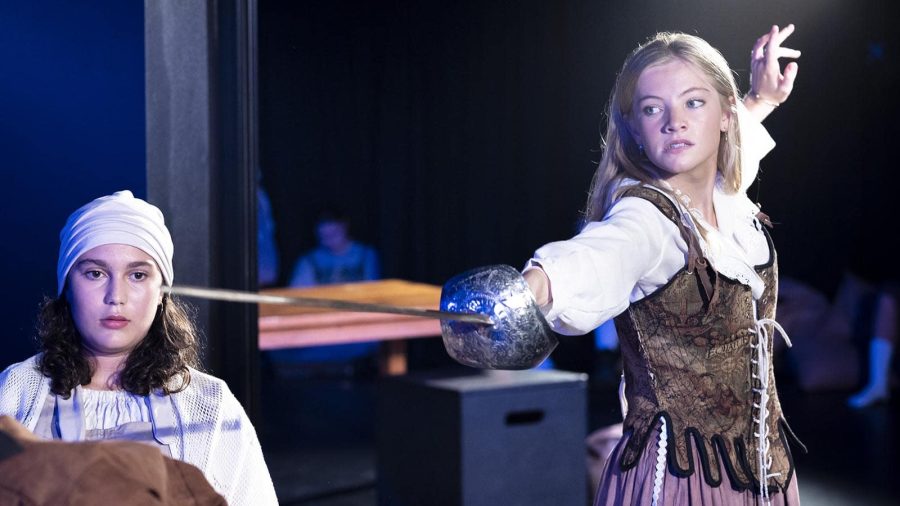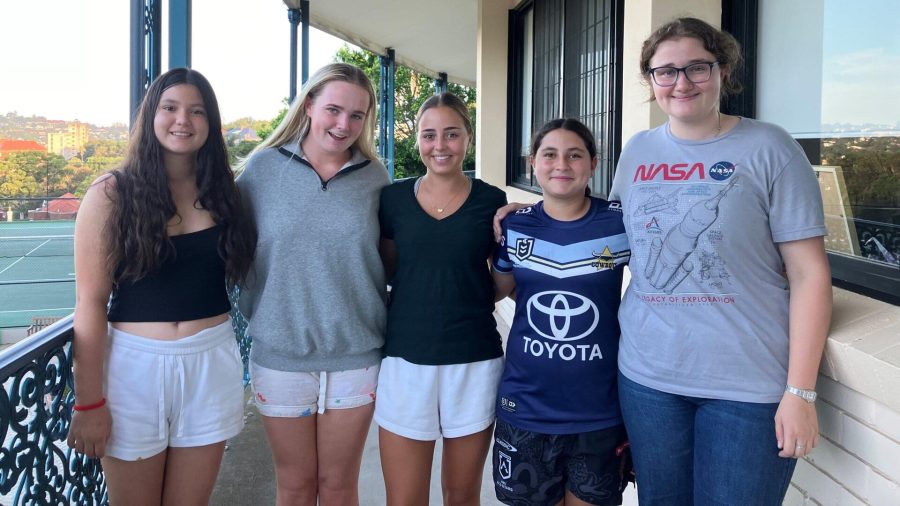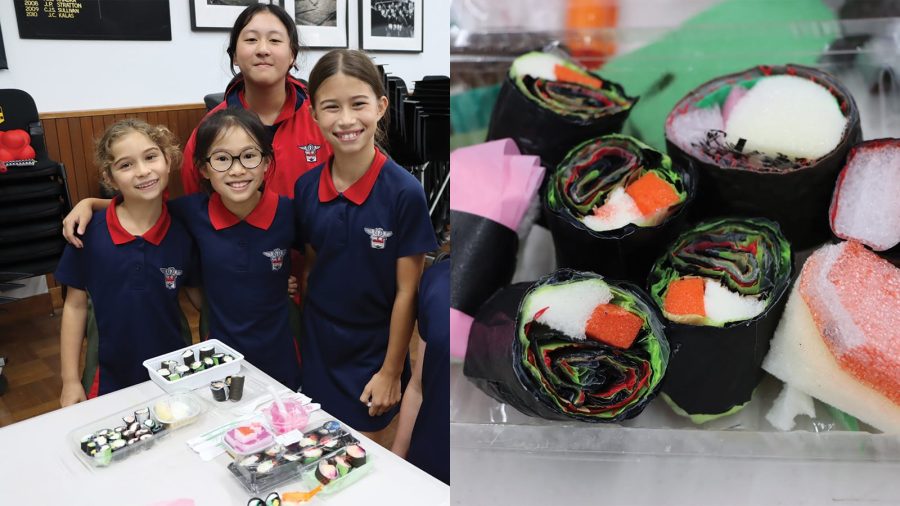For the past 15 years Michelle Grey (1995) has shaped some of the most innovative cultural companies and institutions—from global hospitality brands such as NeueHouse and Soho House to the New York Times’ largest consumer-facing live platform, and Absolut’s global online art gallery. Most recently she co-founded Arts-Matter, a Sydney-based cultural programming platform and creative agency, and is also the CEO and co-founder of Culture Vault, a new NFT (non-fungible token) creative agency and curated platform. Here she takes some time to answer our questions.
Can you please explain NFTs to us?
A non-fungible token is a digital ledger. NFTs are part of the blockchain, the blockchain consists of millions of computers sharing information that is not centralised and therefore not owned. Think of Google Docs, where documents can be shared. NFTs can be shared, but there is now a proof of ownership and provenance. Within the blockchain is meta data, which is not centralised, but provenance can be procured with NFTs, so artists can have ownership that provides perpetuity for the rest of time. NFT perpetuity can be up to 10% of the value of the NFT for life, including resale.
How much has the ‘current disrupter’ culture influenced the artistic landscape?
The creation of NFTs is a direct response to this. The old model, which relied on artists selling their work through galleries was closed, insular and exclusive. Gallerists have been known to take huge commissions and are often inaccessible to most artists and collectors. Additionally, many artists don’t have access to gallery representation and found it difficult to find a platform to sell their art. The blockchain has provided a burgeoning group of emerging artists with a space to connect with potential buyers and admirers of their work.
What role does Culture Vault play in this new zeitgeist?
Culture Vault is a new platform for buying, selling and trading NFTs. Culture Vault will run on Web 3 which differentiates from Web 1 and Web 2 by being more open-sourced and decentralised. Web 3 will remove the ownership of most metadata from those companies that have already dominated the web, i.e., Facebook, Google. All data will be not exclusive, it will be open, which creates greater utility. The content will be curated by me and strive to dispel the suggestion that most NFTs are poor-quality digital art. Culture Vault will be a platform for marginal artists, none of us are free until we are all free.
What inspires you; what content resonates with you?
Art that has a deep narrative connected to personal experiences. Also, female NFT who disrupt the gender parity model. I’m always super interested in personal or community-driven storytelling. Artists’ work often carries a deeper resonance than just their physical form—art can be an expression of past pain, a way to heal trauma, or an opportunity to lift, inspire and unite community and countries.
What landscape do you want to disrupt?
It would be nice to up-end some of the male patriarchy that female executives often face in the boardroom. Cryptocurrency companies are 95% white and male-dominated, which is of course an extension of the financial space. In this new disrupted, open-source world where there’s an opportunity for the voice of the ‘people’ to be heard, there’s no reason why women shouldn’t be an equal part of the conversation.
What advice would you give the graduating artistic class of 2022? Should they put the paint away and go digital?
Not necessarily. Do what you love, and if success follows it’s a bonus. Don’t be driven by society’s metrics of success. In the end, it’s never what really matters. Know what your values are, what moves and inspires you and how you can be of service to your family and community. As an Ascham alumna we all come from a place of supreme privilege (an elite education isn’t afforded to so many women on the planet), so don’t squander it.
Holly Marsh (Jarvis 1990)


Image far left: Michelle Grey
Image centre: Stephen Ormandy
Image far right: The Huxleys




